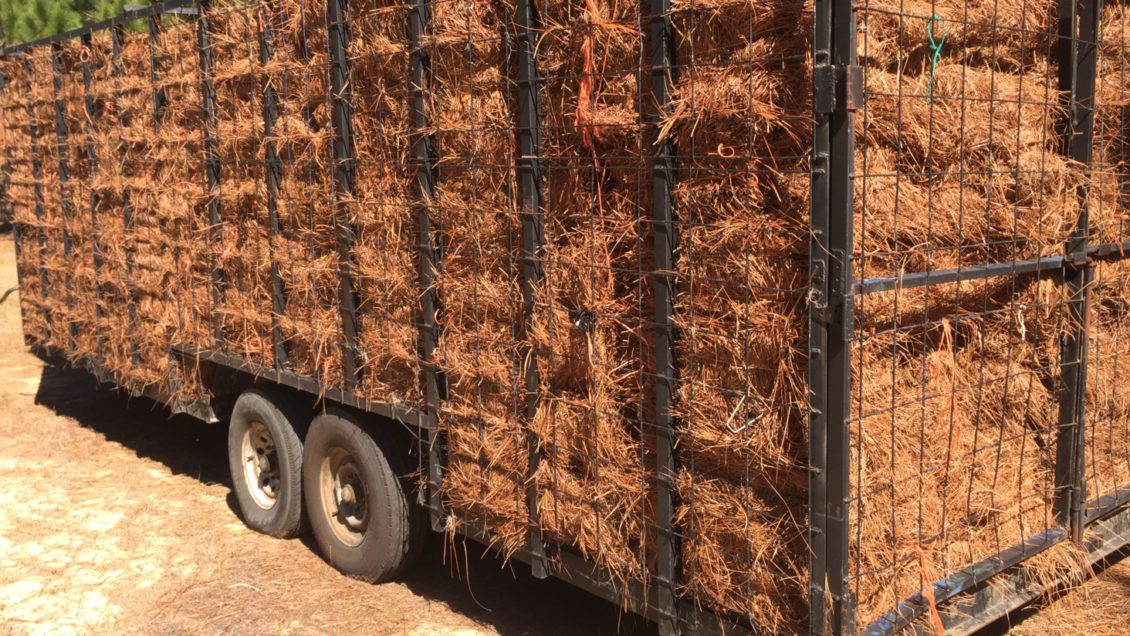COLUMBIA — Pine straw harvesting is a strong and growing industry in the Southeast, and Clemson Cooperative Extension is offering a workshop aimed at teaching the basics of the burgeoning business.

“The purpose of the workshop is to offer people a course in Pine Straw Management 101,” said David Coyle, Assistant Professor in Clemson University’s Department of Forestry and Environmental Conservation.
Registration is now open for the workshop, which is set for 9 a.m.-3 p.m. on Tuesday, Sept. 10, at the Sandhill Research and Education Center, located at 900 Clemson Road, Columbia. The cost is $20 for the general public and $70 for foresters needing Continuing Forestry Education (CFE) credits. There are two core pesticide credits included with the course and also five hours of Category 1 CFEs available for foresters.
The workshop will include a field tour with a pine straw professional who will demonstrate how pine straw is harvested and the equipment necessary to do so.
The event aims to help resource managers and landowners balance the income from harvesting operations while preserving desired wildlife benefits and stand health. While pine straw is valuable to homeowners as a mulch, pine needles are also valuable to the forest, serving critical ecological functions, including helping to carry prescribed fires as a fine fuel, protecting soil and water resources, and recycling nutrients.
“We’ll talk about pine straw basics — what type of pine gives you the best straw, how to manage your stands for pine straw, when you should harvest pine straw, how to incorporate pine straw management while preserving native plants, tree health, and still promoting tree growth,” Coyle said. “We’ll also cover the economics of it all. How much can you expect to get for your pine straw? Is it per acre or per bale?”
In addition to being extremely popular as a mulch in the southeastern United States, pine straw can be an attractive and valuable source of income for forest landowners, providing an opportunity to cover some of the costs associated with establishment and maintenance of longleaf pine ecosystems. Commercial operators bale pine straw and sell it to contractors and garden centers who, in turn, sell it to homeowners.
Generally, pines are more adaptable to Southern climate conditions than spruces and firs, and longleaf pine straw is the most desirable of the southern pines because of its long and durable needles, but slash and loblolly pine straw — both also prominent in South Carolina — can also be used.
“Pine straw is a growing industry, and our county Extension agents get a lot of questions about pine straw,” Coyle said. “How do I make money on it? Can I make money on it? How much money can I make on it? When should I be doing it? How do I even go about getting someone to harvest the pine straw? We’re just trying to take the bull by the horns here, and provide people with the information they need to achieve their goals as far as profitability and sustainability in forestry.”
For more information, please contact Extension Area Forestry and Natural Resources Agent Ryan Bean at 803-840-6124 or rbean@clemson.edu.
Get in touch and we will connect you with the author or another expert.
Or email us at news@clemson.edu

